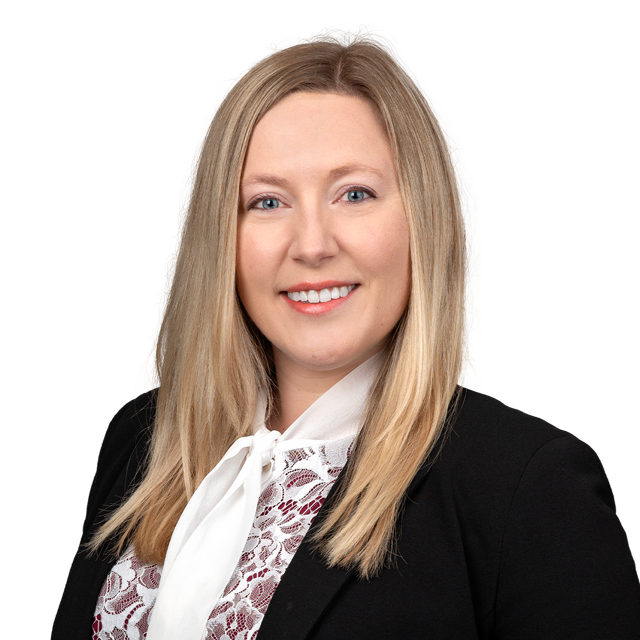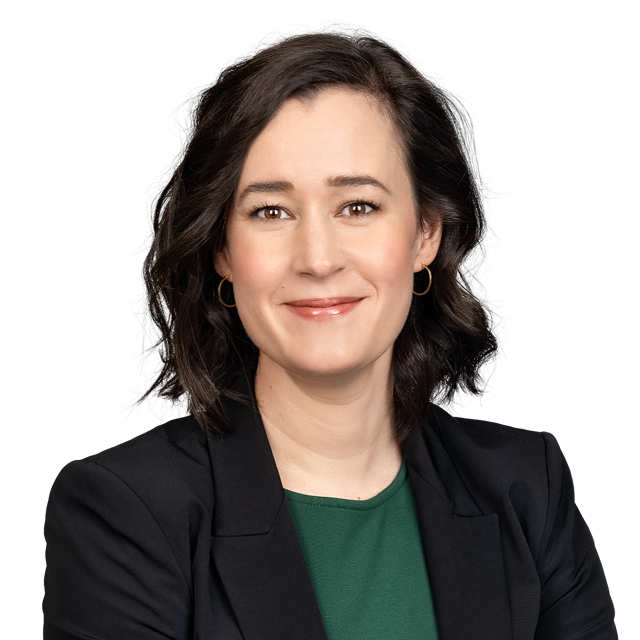In December 2019, the Government of Alberta (GoA) updated The Government of Alberta's Proponent Guide to First Nations and Métis Settlements Consultation Procedures (the "2019 Guide"), which took effect on January 2, 2020. The 2019 Guide is the fourth edition of the guide, and contains notable changes from its previous 2016 version.
The 2019 Guide prescribes the procedures and requirements for proponent consultation with First Nations and Métis Settlements for activities falling under the purview of the Alberta Energy Regulator (AER). The consultation guidance relates to activities under the Public Lands Act, the Water Act, the Environmental Protection and Enhancement Act, as well as section 8 of the Mines and Minerals Act.
The 2019 Guide is the third prong of Alberta's strategy for fulfilling its duty to consult with First Nations and Métis Settlements on activities that may affect their aboriginal rights. The first two prongs are the GoA's consultation policy documents and guidelines to consultation documents. The 2019 Guide notes that the order of authority for these documents in the case of a conflict is: 1) Policies, 2) Guidelines, and 3) 2019 Guide.
A recent Alberta Court of Appeal case, Athabasca Chipewyan First Nation v Alberta, 2019 ABCA 401, confirmed the use of these documents to guide consultation. The Athabasca Chipewyan First Nation challenged the authority of the Aboriginal Consultation Office (ACO) to make determinations related to the Crown's duty to consult. The Court found that, although not a grant of legal authority, the consultation policies act as "guides [to] the ACO in fulfilling the Crown's responsibilities in this area…[and are] supplemented by other policy documents which guide the ACO's operations and relationship with the AER statutory decision-making process".
The 2019 Guide forms an essential part of the GoA's strategy for meeting its constitutional duty to consult, although much of the consultation work will fall to the proponents. Proponents should, therefore, understand and implement the 2019 Guide's requirements and procedures during consultations with First Nations and Métis Settlements.
The 2019 Guide
The 2019 Guide is organized into three parts: (1) pre-consultation assessment, (2) proponent-led consultation ("information sharing and exploring concerns"), and (3) adequacy assessment submission and review.
- During the pre-consultation assessment, a proponent will submit its pre-consultation assessment request to the ACO with the necessary information about the project or activity for the ACO to determine the level of consultation needed (level 1, 2, or 3, with 3 being "extensive consultation"). The ACO will determine the level of consultation required and the First Nation(s) and Métis Settlement(s) to be consulted.
- The proponent will then perform the procedural aspects of consultation, recording each interaction in their record of consultation (ROC).
- After completing the consultation, the proponent will submit its ROC to the ACO for review and determination of whether consultation is adequate.
Notable Changes
The 2019 Guide contains several notable changes from its previous 2016 Guide, the most notable being in relation to level 3 consultation.
Level 3 Extensive Consultation
The requirement for approval of a consultation plan from the ACO for level 3 consultation no longer applies. The 2019 Guide only requires approval from the ACO of the information package sent to First Nations and Métis Settlements. The approval letter for the information package will include additional directions from the ACO on consultation procedures, including requirements for bimonthly reviews of the ROCs, creation of a Consultation Concern and Response Table (CCRT), and "other matters specific to Level 3 Extensive Consultation" (more details on these requirements below).
On its face, this change appears to require less of proponents; however, the consultation procedures prescribed in the information package approval letters will likely include similar requirements as the previous consultation plans. While the consultation process itself may not be remarkably different, having the ACO prescribe the applicable procedures rather than the proponent suggesting them will increase certainty and predictability for proponents in the consultation process.
The second notable change relates to the consultation requirements for level 3 consultations. Of particular interest is the dormancy status that will be imposed on proponents who fail to meet the ROC review requirement three consecutive times. Level 3 consultation requires proponents to submit to the ACO the cumulative ROCs, the CCRT, verification of deliveries, and supporting documents every two months. If a proponent fails to submit the cumulative ROCs and CCRTs three consecutive times (i.e. 6 months pass without submission), the ACO will consider consultation "dormant," and may require a new pre-consultation assessment, as well as new approval for the information package, before consultation can resume.
Finally, although many proponents use tables similar to the CCRTs to record interests and concerns expressed by the First Nations and Métis Settlements during consultations, the 2019 Guide prescribes the form and content of the CCRTs. For example, the 2019 Guide reiterates that proponents' CCRTs must include "all concerns raised during consultation, verbatim, even if they are believed to be outside the scope of delegated consultation." While the direction to include all raised concerns is consistent with previous guides, the direction to include concerns "verbatim" is new in the 2019 Guide. This addition appears to signal further limits on proponents' discretion to frame and describe concerns expressed in consultation.
Ultimately, the level 3 consultation requirements prescribed by the information package letters are likely to have little impact on proponent consultation practices. However, the new "dormancy" status should encourage timely consultation, and standardization of the CCRTs should increase the efficiency of proponent consultation.
Expiry of Pre-Consultation Assessment
Proponents will now have a six-month window from receiving their pre-consultation assessment to begin consultation with First Nations and Métis Settlements. Pre-consultation assessments will expire after six months. If consultation does not begin during this six-month window, the proponent is directed to contact the ACO and may be required to re-submit a pre-consultation assessment request. The potential for the pre-consultation assessment to expire should encourage timely consultation by proponents.
Estimated Timelines for Adequacy Assessments
The 2019 Guide provides estimated timelines for the ACO's consultation adequacy assessments. Adequacy assessments are estimated to be completed within ten GoA working days for level 1 and 2 consultations, and twenty GoA working days for level 3 consultations, after receipt of the ROCs. The 2019 Guide notes these timelines are not firm, however they nonetheless provide estimated timing for proponents and should encourage the ACO to issue timely adequacy assessments.
"Concerns" Section Provides Guidance on Effective Consultation
A new section in the 2019 Guide entitled "concerns" provides guidance to proponents on how to effectively understand and record concerns expressed by First Nations and Métis Settlements in consultation. The section encourages proponents to explore concerns by asking a number of questions once a concern is raised, such as what is the significance of the concern? And, what are the First Nation's or Métis Settlement's proposal(s) to effectively address the concern? While this may not significantly alter current proponent consultation practices, the section may serve as a metric for consultation adequacy assessments. Proponents should be aware of the expectations this section creates for recording and responding to concerns to avoid delays during consultation adequacy assessments.
Conclusion
The duty to consult is a constitutional duty of the Crown. However, much of the consultation work—the "procedural" component—is often delegated to proponents. The 2019 Guide together with the other GoA policy and guideline documents help guide proponents and the GoA in discharging this duty. Adopting a standardized approach that defines the GoA's requirements for good consultation practice helps reduce uncertainty for proponents, First Nations, and Métis groups. Proponents may adopt further practices, but the 2019 Guide establishes a baseline for good practice.
Since the 2019 Guide is part of the GoA's strategy for fulfilling its duty to consult, following its guidance should minimize the risks of project delays associated with consultation.
Ultimately, the changes introduced in the 2019 Guide appear to focus on increasing the efficiency and predictability of the consultation process, which is welcome to industry proponents. However, First Nations and Métis Settlements are often overwhelmed with multiple ongoing consultation processes. Whether these changes are effective in achieving increased efficiency and predictability remains to be seen.























